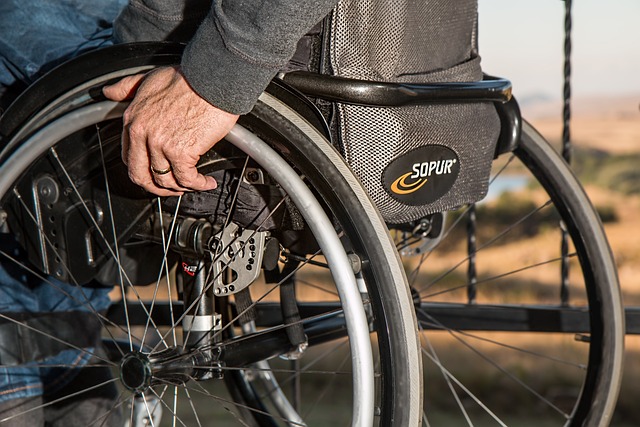Technology innovations improving daily independence
People living with muscular dystrophy often face progressive challenges with strength, mobility, and daily tasks. Recent technology innovations have focused on supporting independence through tailored rehabilitation, assistive devices, accessible design, and coordinated caregiver support, helping individuals manage diagnosis-related needs while maintaining quality of life.

This article is for informational purposes only and should not be considered medical advice. Please consult a qualified healthcare professional for personalized guidance and treatment.
How do rehabilitation and physiotherapy technologies help?
Rehabilitation and physiotherapy have increasingly incorporated digital tools to support long-term management. Tele-rehabilitation platforms enable remote monitoring of exercise programmes and guided sessions with therapists, which can improve adherence when regular clinic visits are difficult. Sensor-based feedback and gamified exercise apps offer objective measures of strength and range of motion, supporting individualized progression. For clinics, data from wearable sensors can inform physiotherapy plans and track response to interventions, integrating with caregiver schedules to coordinate in-person visits and home-based routines.
How can mobility and orthotics solutions increase independence?
Mobility aids and modern orthotics provide direct mechanical support to preserve function. Lightweight, modular orthoses use advanced materials and custom scanning to improve fit and reduce fatigue. Power-assist wheelchairs and smart walkers combine adjustable support with intuitive control systems, enabling users to navigate varied environments with greater autonomy. Integration with mobile apps can adjust seating or assistive torque based on activity, while 3D printing enables rapid prototyping of orthotic components adapted to individual anatomy and daily needs.
What are assistive tech and accessibility improvements?
Assistive technologies now extend beyond physical devices to include environmental and digital accessibility. Smart-home systems, voice assistants, and automated doors reduce the physical burden of routine tasks. Adaptive input devices, eye-tracking and speech-to-text improve communication for those with limited hand function. Designers increasingly prioritize accessibility in public and private spaces, improving curb cuts, ramps, and transport options. These combined advances reduce dependence on others and enable people to engage more fully in community and workplace settings.
How do caregivers and adaptation strategies work with technology?
Caregivers benefit from tools that simplify coordination and enhance safety. Remote monitoring platforms can share activity and physiological alerts with approved caregivers, allowing timely support without constant direct supervision. Adaptive equipment training and digital care plans support consistent implementation of therapeutic activities and safe transfers. Technology also helps families plan adaptations at home—modular furniture, lift systems, and communication hubs can be tailored in collaboration with occupational therapists to reduce physical strain for both the person and their caregiver.
What role do diagnosis, genetics, and research play in technology use?
Advances in genetic testing and earlier diagnosis inform personalized care plans that combine medical and assistive strategies. Research into disease mechanisms guides the development of supportive technologies that target specific functional declines observed in different muscular dystrophy types. Clinical studies increasingly include outcome measures related to daily independence, such as mobility scores and respiratory support requirements, which helps align engineering innovations with clinical priorities. Cross-disciplinary research partnerships accelerate translation from lab findings to practical tools for everyday life.
How do exercise, nutrition, and respiratory/cardiac supports integrate with tech?
Comprehensive care combines exercise and nutrition strategies with monitoring of respiratory and cardiac health. Wearable devices and remote monitoring platforms provide continuous data on activity, heart rate, and breathing patterns, enabling quicker adjustments to exercise programmes and nutrition plans. Portable ventilatory supports and smart nebulizers have become more compact, with features that help users manage respiratory needs outside clinical settings. Digital logs and clinician portals allow coordinated oversight of cardiac care, ensuring that adaptations to activity or medication are data-informed.
Conclusion Technological innovations are expanding the options available to people living with muscular dystrophy, spanning rehabilitation, mobility, assistive systems, caregiver coordination, and medically informed adaptations. When combined with personalized care from healthcare professionals, these tools can support greater daily independence, safer routines, and more flexible participation in community life.






